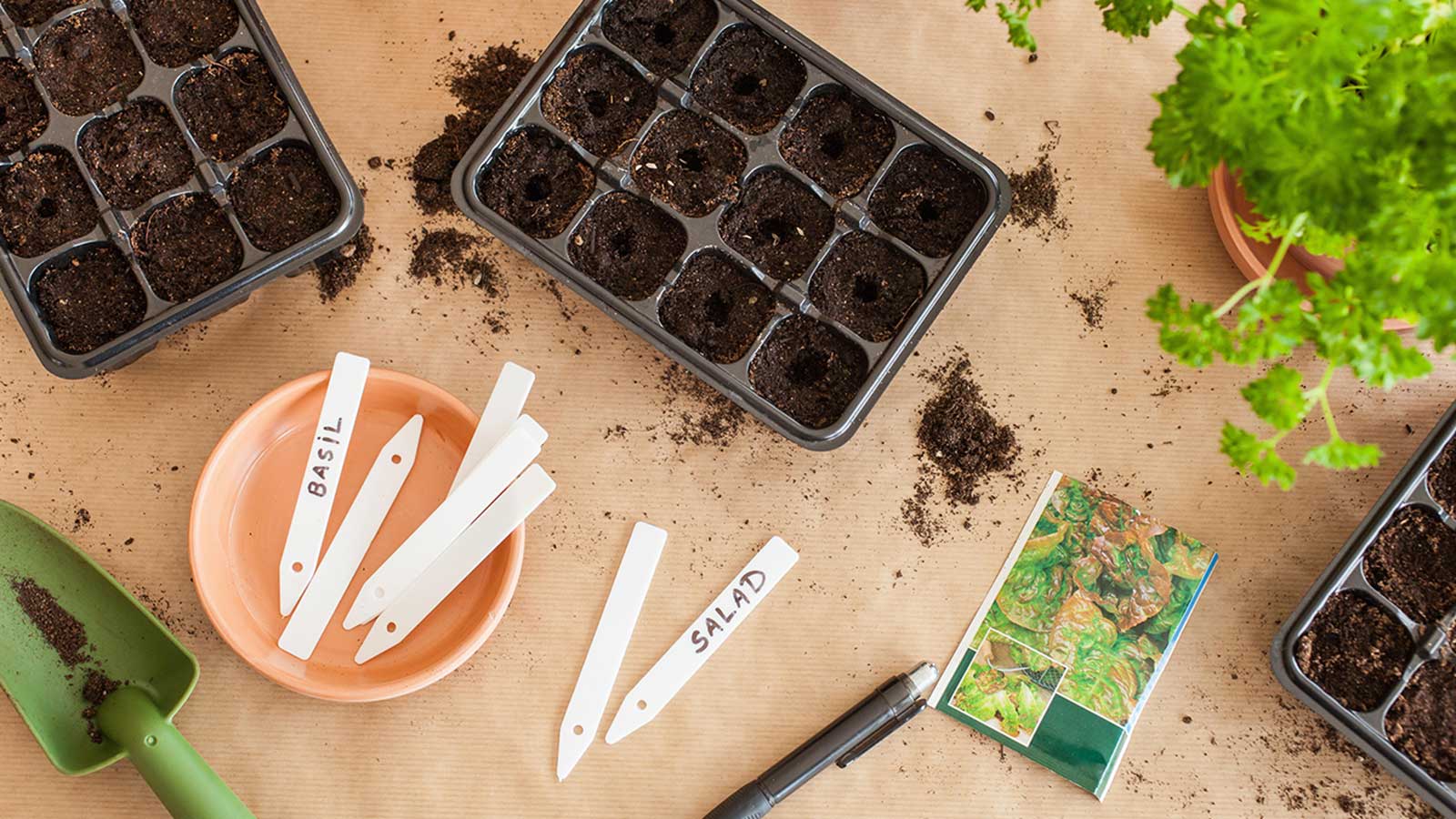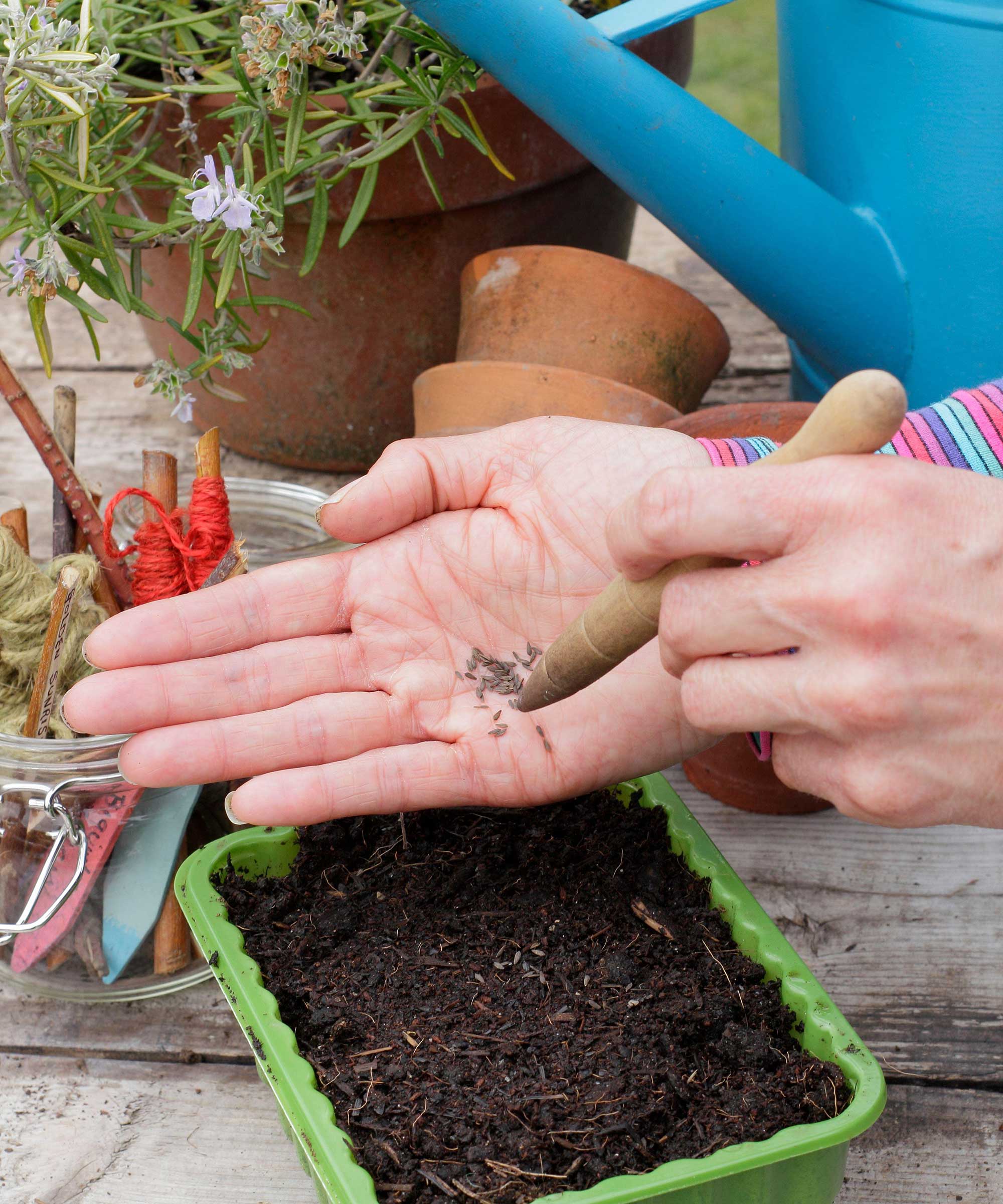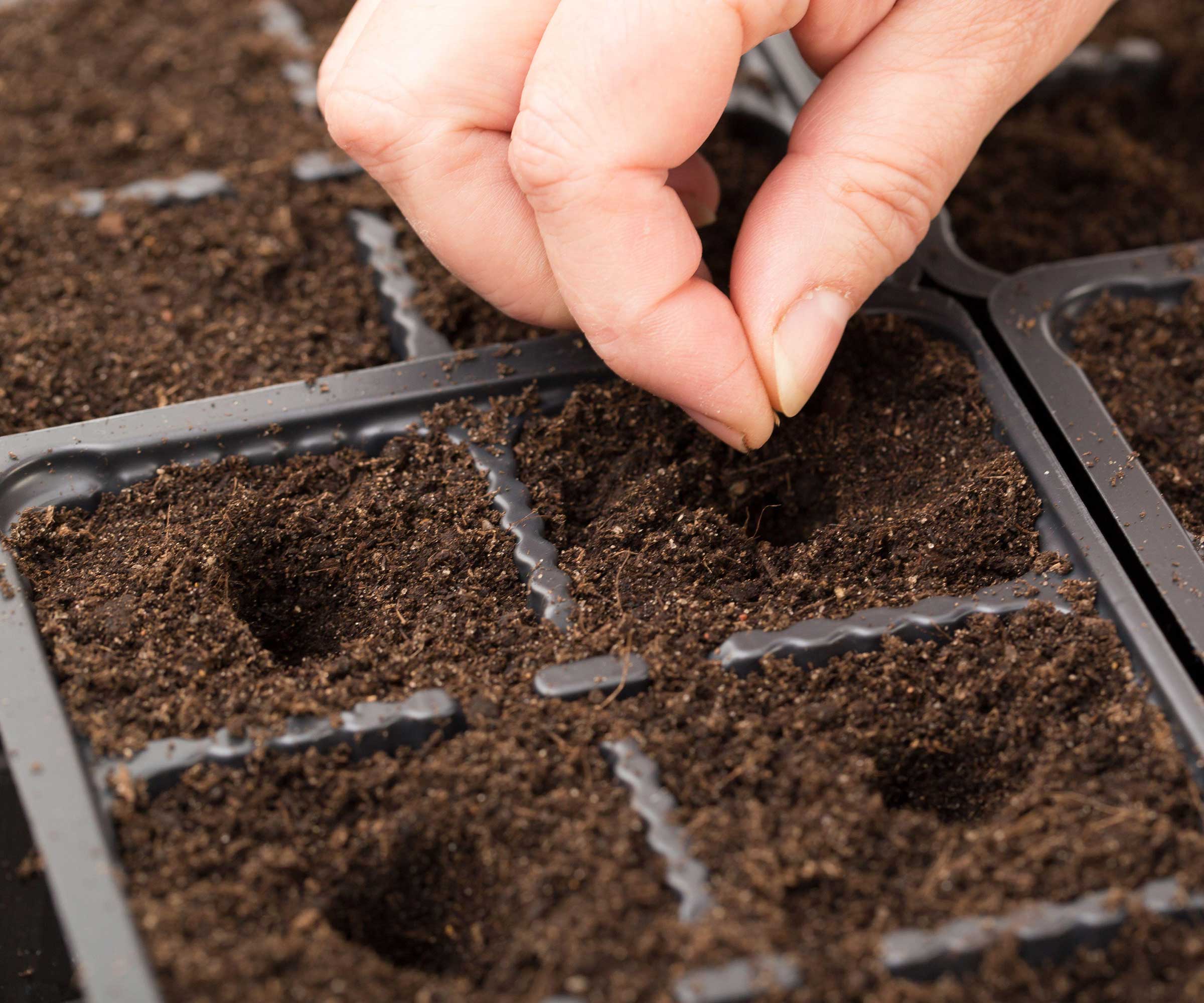The best soil to start seeds in – improve your chances of growing success
Get your homegrown flowers and veg off to a strong start


Q: This year, I plan to grow annual and biennial bedding plants from seeds. I want to start the seedlings off indoors, before planting them outside when temperatures are warmer. What is the best soil to use?
A: 'The best compost for sowing seeds of annual and biennial bedding plants is one specifically designed for seeds and cuttings,' explains John Negus of Amateur Gardening magazine. 'These tend to be a finer texture than potting composts which means the seeds don’t get lost in great clumps of compost, and they hold on to water in just the right way.'
What's more, unlike other compost – including homemade compost – they don’t contain too many nutrients – which aren’t necessary until the seedlings get to be a few weeks old.
There are a number of makes of seed and cuttings compost on the market so it might be best to see what is available from your local garden center or DIY store. If you're shopping online, Miracle-Gro Seed Starting Mix and Burpee's Organic Seed Starting Mix, both available at Amazon, are well-rated.
The Royal Horticultural Society (RHS) advises using fresh compost each year for seedlings – old compost can be combined with fresh and used in containers planted with more mature plants.

John has been a garden journalist for over 50 years and regularly answers readers' questions in Amateur Gardening magazine. He has also written four books and has delivered many talks over the years on horticulture.

Choose a soil that's fine in texture and not too rich
Does soil really make a difference when starting seeds?
It might seem extravagant to start seeds in this kind of compost only to prick them out into multi-purpose compost. But, according to John Negus of Amateur Gardening, it really is the best thing to do for strong and productive plants in your flower beds and containers.
'Once the seedlings are large enough to handle and prick out, you could transfer them to pots of compost with higher nutrient levels designed to support longer-term growth,' says John. 'The best types to use are multi-purpose, peat-free composts which have a light texture for ease of growth and watering, but in this case with slightly higher levels of nutrients to support your seedlings’ rapid growth.'
Design expertise in your inbox – from inspiring decorating ideas and beautiful celebrity homes to practical gardening advice and shopping round-ups.

A speciality mix will get your plants off to a strong start
What is the best soil for sowing vegetable seeds?

Drew is horticulturally trained and a grow-your-own expert. He previously worked as a professional kitchen gardener at Soho Farmhouse in the UK, growing edibles for the restaurants, deli and cookery school.
There are some vegetable crops that are not suitable for starting in trays or modules and need to be sown directly into the ground outdoors, says Drew Swainston. 'These include root crops such as carrots and parsnips. Both do not like root disturbance and pricking them out, or transplanting them, can damage the roots or cause them to grow in a distorted fashion rather than putting out the straight long roots you are after.'
However, some tender crops, such as tomatoes and aubergines, are best started off indoors and then potted on for growing in a greenhouse, or hardened off before being planted outside. Planting seeds indoors or under cover is also a good way to get a head start with some veggies and get an earlier crop.
For these indoor sowings, Drew recommends using a sterilized seed sowing compost – as with starting annuals and biennials.

Holly started writing about gardening five years ago, and she is a regular contributor to Homes & Gardens. She has also written many gardening features for Woman & Home and Real Homes, too. She has previous experience as a professional gardener, where she helped to plant and maintain private gardens. Holly has also looked after allotment plots over the years and loves to grow her own flowers and veggies from seed. In her spare time, she enjoys visiting local gardens, botanical drawing, and tending to her ever-growing collection of houseplants.